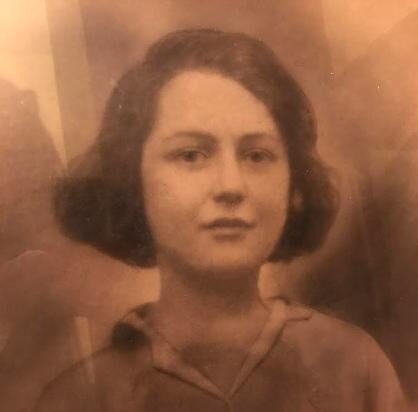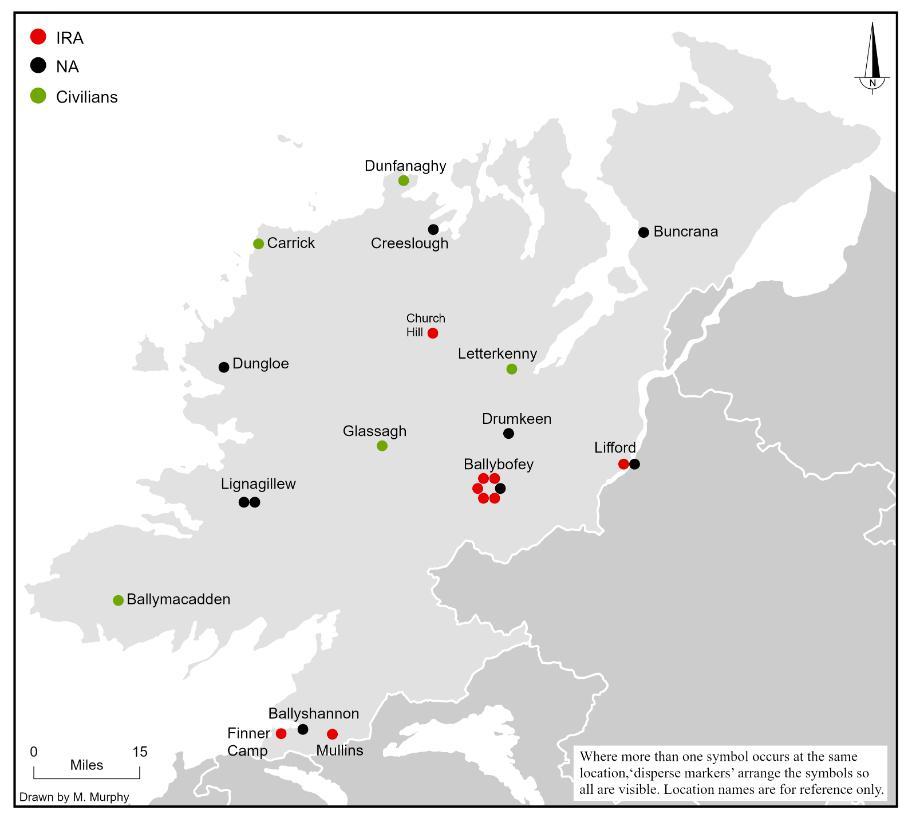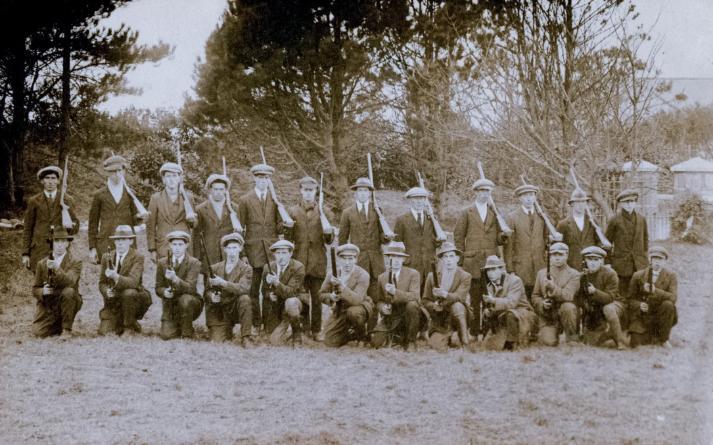A new research and digital mapping project listing all the Donegal combatant and civilian fatalities during the Irish Civil War has been launched.
The initiative, led by University College Cork (UCC), charts the deaths in all 32 counties. It represents the first systematic attempt to investigate the number of people killed in the conflict as, for decades, “historians have resorted to estimates when surveying the human cost”.
The Irish Civil War Fatalities Project will “provide a new insight into the frequency, nature, and concentration of violence” across Ireland during the Civil War. An interactive map will “fill a significant gap in the historical record”.
The interactive map lists all of the combatant and civilian fatalities between the opening shots of the Civil War on June 28, 1922, and the ceasefire and order to dump arms on May 24, 1923.

Mary Ellen Kavanagh.
It finds that in that period, there were twenty-four ‘combatant and civilian fatalities’ in County Donegal. These include the high-profile Drumboe executions as well as the death of civilian Mary Ellen Kavanagh (above) in Buncrana. She was just 19 when he was shot outside her home on 4 May 1922 along with her neighbour Esther Fletcher in the gunbattle following the Buncrana bank raid. She died in Derry Infirmary three weeks later.
The project also features a series of articles by invited scholars contextualising the conflict in local areas, including Pauric Travers on the Civil War in Donegal.

Map showing the location and affiliation of the twenty-four combatant and civilian fatalities in Donegal between 28 June 1922 and 24 May 1923.
Nationally, there were 1,426 violent deaths in the Free State during that time, of whom 648 were pro-Treaty, 438 were anti-Treaty, 336 were civilians, and four were members of the crown forces. The death toll rises slightly to 1,485 when fatalities north of the new border are added.
The project shows that numbers killed during the Civil War were considerably less than in the War of Independence. And it was also more violent, brutal, and protracted in counties Kerry, Tipperary, and Louth.

Members of the 4th Brigade, 1st Northern Division, during the War of Independence (Joseph Murray Papers). Image: Donegal County Archives.
The research suggests a new chronology of the Civil War. It contradicts the idea that major combat was over after the first month of the war.
The study of fatalities shows that deaths spiked not only in the opening phase of the war, but also in the peak of the guerrilla war in 1922, and again in March 1923.
The project includes a searchable, interactive Civil War Fatalities map providing new insights into the frequency, nature, and concentration of violence across Ireland, as well as research findings by Andy Bielenberg and John Dorney, historian and research assistant.
You can access the new site by typing exa.mn/CivilWarUCC into any browser or by clicking on that link.







